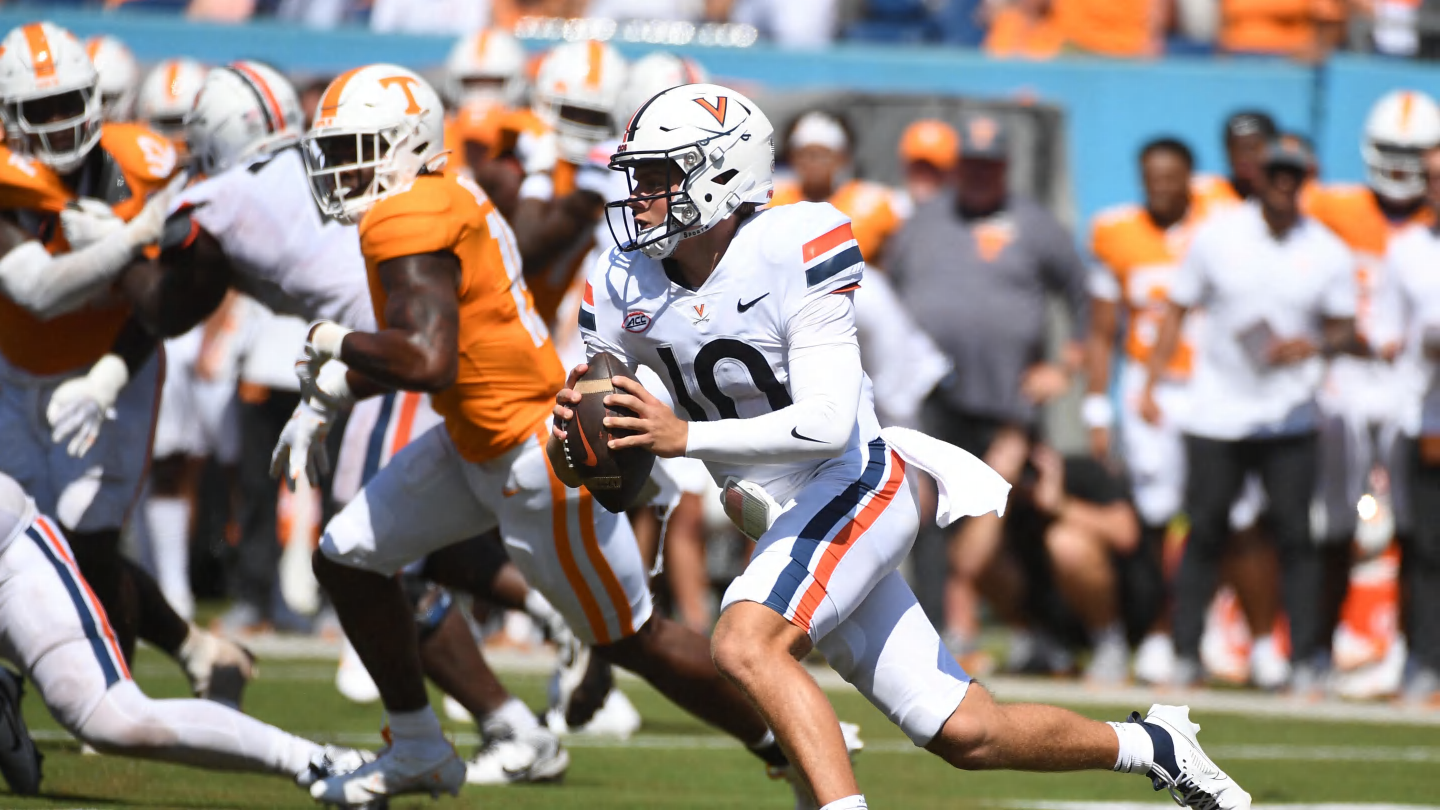Technology
NASA will bring the Starliner astronauts home next year on SpaceX’s Crew-9 mission
/cdn.vox-cdn.com/uploads/chorus_asset/file/10602447/boeing_starliner_dock_to_iss_co.jpg)
NASA administrator Bill Nelson announced today that US astronauts Sunita Williams and Barry Wilmore will return next February with the SpaceX Crew-9 mission after spending more than 80 days aboard the International Space Station (ISS).
According to NASA Commercial Crew Program manager Steve Stich, “As we got more and more data over the summer and understood the uncertainty of that data, it became very clear to us that the best course of action was to return Starliner uncrewed.” He said NASA found “there was just just too much uncertainty in the prediction of the thrusters.”
“If we had a way to actually predict what the thrusters would do, for the undock, and all the way through the de-orbit burn, and through the separation sequence, I think we would have taken a different course of action. But when we looked at the data and looked at the potential for thruster failures with the crew on board … it was just too much risk for the crew, and so we decided to pursue the uncrewed testflight.
Responding to a press question about how NASA can trust Boeing again, NASA Associate Administrator Ken Bowersox said, “We’ve had a lot of tense discussions, right? Because the call was close, and so people have a lot of emotional investment in either option, and that gives you a healthy discourse. But after that, you have to do some work to keep your team together, right?”
“And I’ll acknowledge that we have some work to do there. It’s pretty natural when you’ve had a difficult decision to make.” Bowersox said that NASA remains “committed to working with Boeing.”
Stich weighed in, saying, “Boeing did a great job building a model. The question is, ‘Is that model good enough to predict performance for a crew?’” He added later, “There was just a little disagreement in terms of the level of risk. And that’s kind of where it got down to, and I would say it’s close. It’s very close; it just depends on how you evaluate the risk. We do it a little differently with our crew than Boeing did.”
With limited access to the spacecraft docked with the ISS, tests at NASA’s White Sands Test Facility indicated that deformed Teflon seals may have been one of the reasons the spacecraft’s thrusters failed. But without conclusive answers, NASA waited to decide between returning the astronauts to Earth aboard the Starliner or working with SpaceX to bring them home early next year aboard the Crew-9 mission, which is planned to launch to the ISS in late September.

Technology
Musk's SpaceX to attempt first-ever private spacewalk with new suits, vehicle
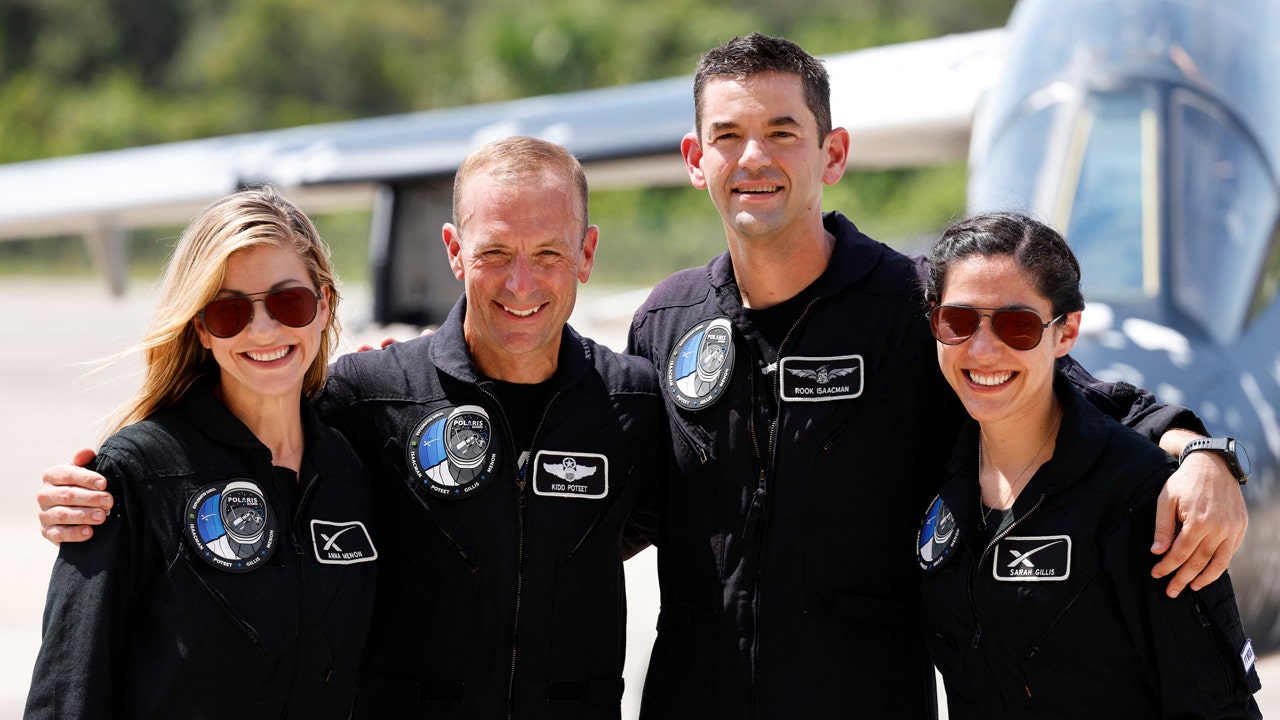
- SpaceX’s astronauts will be the first non-government astronauts to attempt a spacewalk as part of the Polaris Dawn mission.
- The mission will also test SpaceX’s new, slimmer spacesuit, and a Crew Dragon vehicle that was modified so it can open its hatch door in the vacuum of space, meaning it does not require an airlock.
- SpaceX officials and the Polaris crew said during a news conference on Monday they have planned for an array of contingency scenarios if something during the mission goes wrong, such as an oxygen leak or failure to reseal the hatch door, but they did not detail what those were.
SpaceX’s attempt at the first ever private spacewalk next week will be a test of trailblazing equipment, including slim spacesuits and a cabin with no airlock, in one of the riskiest missions yet for Elon Musk’s space company.
A billionaire entrepreneur, a retired military fighter pilot and two SpaceX employees are poised to launch on Tuesday aboard a modified Crew Dragon craft, before embarking on a 20-minute spacewalk 434 miles into space two days later.
Until now, walking into the empty expanse of space has only been attempted by government astronauts on the International Space Station (ISS), 250 miles above Earth.
MUSK’S SPACEX TAKES BOLD STEP BEYOND SPACE STATION ON THE WAY TO MAKING HUMANITY AN ‘INTERPLANETARY SPECIES’
SpaceX’s five-day mission – dubbed Polaris Dawn – will swing in an oval-shaped orbit, passing as close to Earth as 118 miles and as far as 870 miles, the farthest any humans will have ventured since the end of the United States’ Apollo moon program in 1972.
Crew members, including billionaire Jared Isaacman, will don SpaceX’s new, slimline spacesuits in a Crew Dragon vehicle that was modified so it can open its hatch door in the vacuum of space – an unusual process that removes the need for an airlock.
“They’re pushing the envelope in multiple ways,” retired NASA astronaut Garrett Reisman said in an interview. “They’re also going to a much higher altitude, with a more severe radiation environment than we’ve been to since Apollo.”
Anna Menon, Scott Poteet, commander Jared Isaacman and Sarah Gillis, crew members of Polaris Dawn, a private human spaceflight mission, attend a press conference at the Kennedy Space Center in Cape Canaveral, Florida, on August 19, 2024. (Reuters/Joe Skipper)
The mission has been bankrolled by Isaacman, the founder of electronic payment company Shift4. He has declined to say how much he has spent, but it is estimated to be over $100 million.
Joining him will be mission pilot Scott Poteet, a retired U.S. Air Force lieutenant colonel, and SpaceX employees Sarah Gillis and Anna Menon, both senior engineers at the company.
For SpaceX, which has pioneered cheap, reusable rockets and expensive private spaceflight, the mission is an opportunity to advance technologies that could be used on the moon and Mars.
Far outside the protective bubble of Earth’s atmosphere, the electronics and shielding on Crew Dragon and spacesuits will be tested as they pass through parts of the Van Allen belt, an area where charged particles streaming mainly from the sun can disrupt satellites’ electronics and affect human health.
“That’s an additional risk that you don’t face when you just stay in low-Earth orbit and go up to the ISS,” Reisman said.
SpaceX’s new kind of spacewalk
The Polaris spacewalk will take place on the mission’s third day, but preparation will begin about 45 hours in advance.
The gumdrop-shaped Crew Dragon’s entire cabin will be depressurized and exposed to the vacuum of space. While only two of the astronauts will float outside, tethered by an oxygen line, the whole crew will depend on their spacesuits for life support.
Days before the spacewalk, the crew will begin a “pre-breathe” process to fill the cabin with pure oxygen and remove any nitrogen from the air.
Nitrogen, if present in astronauts’ bloodstreams in space, could form bubbles, block blood flow and lead to decompression sickness, known as “the bends,” as with scuba divers who return too quickly to the water’s surface.
The crew will use an ultrasound device to monitor any bubble formation, one of many tools to be used in the mission to inform dozens of scientific experiments, providing researchers a rare peek into how astronauts might fare on the moon’s surface or elsewhere in deep space.
“It gives us a very unique opportunity to test these vehicles in such a very unique environment,” said Emmanuel Urquieta, vice chair for aerospace medicine at the University of Central Florida’s internal medicine department.
While astronaut safety on NASA missions is rigorously overseen by the agency, there are no such U.S. standards or laws for spaceflight safety in private missions like Polaris.
SpaceX officials and the Polaris crew said during a Monday news conference they have planned for an array of contingency scenarios if something during the mission goes wrong, such as an oxygen leak or failure to reseal the hatch door, but they did not detail what those were.
Reisman said he knows the Polaris crew and believes they are prepared to handle any unexpected mishaps.
“But there’s not a lot of room for error,” he said.
Technology
The Sonos Era 100 speaker is 20 percent off in the run-up to Labor Day
/cdn.vox-cdn.com/uploads/chorus_asset/file/24530062/DSCF0459.jpg)
Sonos’ Labor Day sale is bringing discounts to a variety of smart speakers and soundbars until September 2nd, many of which are on sale elsewhere for the same price. Both the Sonos Era 100 and portable Move 2 are 20 percent off, which means you can get the Era 100 from Amazon, Best Buy, and Sonos for $199 ($50 off) or the Move 2 for $359 ($90 off) via the same retailers (Amazon, Best Buy, and Sonos).
The Era 100 is an easy recommendation for a Sonos-connected Wi-Fi speaker, regardless of where you’d like to put it in your house. It’s compact enough to fit in most places but offers robust volume and quality sound, which gives your music some depth without getting too bassy. The Move 2, on the other hand, is kind of like an Era 100 that can go anywhere thanks to its built-in battery. It’s a bit bigger and heavier than your average Bluetooth speaker, but that makes it a great fit for an outdoor garden party or a car camping adventure — especially since the battery can provide up to 24 hours of continuous playback.
Technology
Fox News AI Newsletter: Hit TV series creator warns Hollywood

Charlie Brooker at the “Black Mirror – Beyond the Sea” – FYC Screening held at the TUDUM Theater on April 21, 2024, in Los Angeles. (River Callaway/Variety via Getty Images)
Welcome to Fox News’ Artificial Intelligence newsletter with the latest AI technology advancements.
IN TODAY’S NEWSLETTER:
– ‘Black Mirror’ creator says AI technology isn’t the problem: ‘It’s how you use it’
– AI scams are proliferating. A new tool is attempting to combat them
– Wyoming man running as bot concedes race, launches ‘alliance’ to inject AI into politics
USE WITH CAUTION: In any conversation about artificial intelligence, the hit series “Black Mirror” usually comes up, thanks to its stories about humans’ lives being impacted by technology, mostly for the worse. Creator Charlie Brooker doesn’t think AI-generated creativity is the way forward for Hollywood, saying, “If you were using it to generate a pitch and then try to turn it into a show, I think that’s not good. And you’ll end up with dog s–t, and you’ll be putting people out of work. So, with any of these things, it’s how you use it.
COMBATING DEEPFAKES: Computer security company McAfee launched a deepfake detection tool to combat the rise in AI scams and misinformation.

Image of cybersecurity prevention expert at work (AT&T)
NO AI ‘VIC’-TORY: Victor Miller, who had been running as an artificial intelligence-powered bot named “VIC” [Virtual Integrated Citizen] in Wyoming’s capital city, conceded his bid to make technological political history on Wednesday.
REPLACED BY ROBOT: California-based company Figure has unveiled its second-generation humanoid robot, Figure 02. This innovative creation is initially targeted at production lines in commercial settings, where it aims to streamline operations and enhance efficiency.
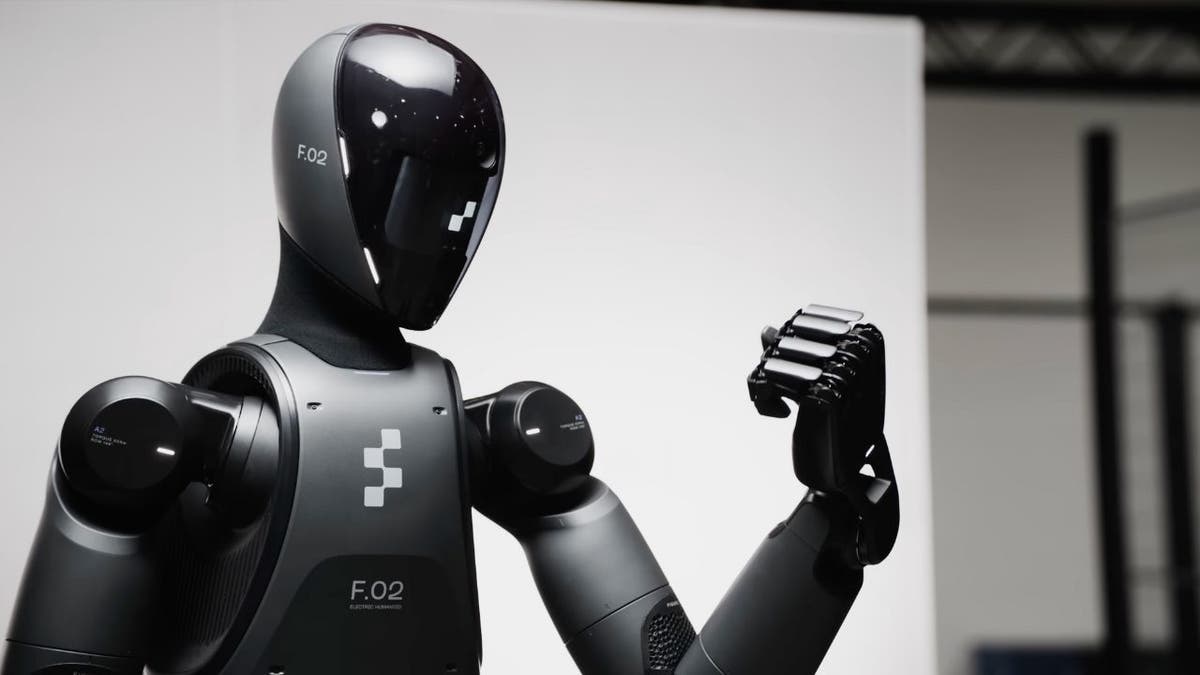
Humanoid robot F.02 (Figure)
Subscribe now to get the Fox News Artificial Intelligence Newsletter in your inbox.
FOLLOW FOX NEWS ON SOCIAL MEDIA
Facebook
Instagram
YouTube
Twitter
LinkedIn
SIGN UP FOR OUR OTHER NEWSLETTERS
Fox News First
Fox News Opinion
Fox News Lifestyle
Fox News Health
DOWNLOAD OUR APPS
Fox News
Fox Business
Fox Weather
Fox Sports
Tubi
WATCH FOX NEWS ONLINE
Fox News Go
STREAM FOX NATION
Fox Nation
Stay up to date on the latest AI technology advancements and learn about the challenges and opportunities AI presents now and for the future with Fox News here.
-

 Minnesota6 days ago
Minnesota6 days agoReaders and writers: Plenty of thrills and danger in these Minnesota author’s mysteries
-
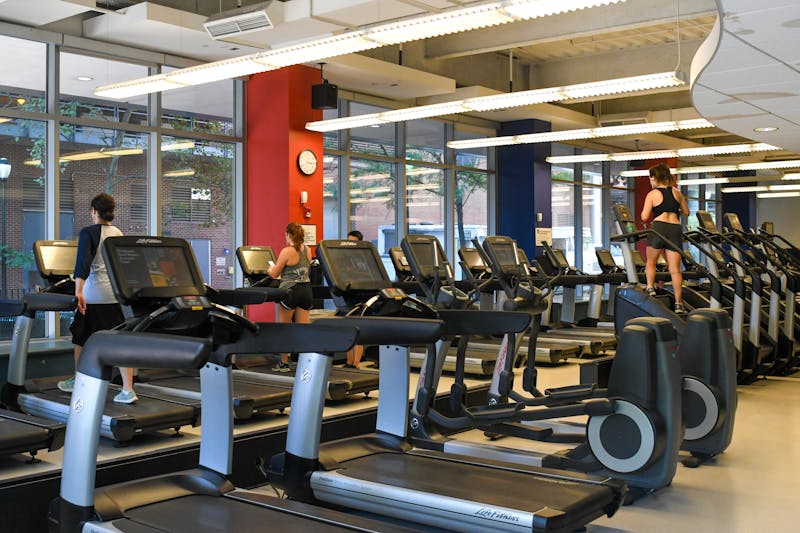
 Fitness1 week ago
Fitness1 week agoA Guide to Pottruck Health and Fitness Center
-

 News1 week ago
News1 week agoVideo: Biden and Harris Announce Deal to Lower Drug Prices
-

 Politics1 week ago
Politics1 week agoHarris dodging flip-flop attacks as faceless surrogates flip on key positions: 'Playing politics'
-

 Politics1 week ago
Politics1 week agoTrump assassination attempt: Secret Service makes big change to former president's outdoor rally security
-

 News1 week ago
News1 week agoHalf Their Land Burned in a Decade: The California Counties Constantly on Fire
-
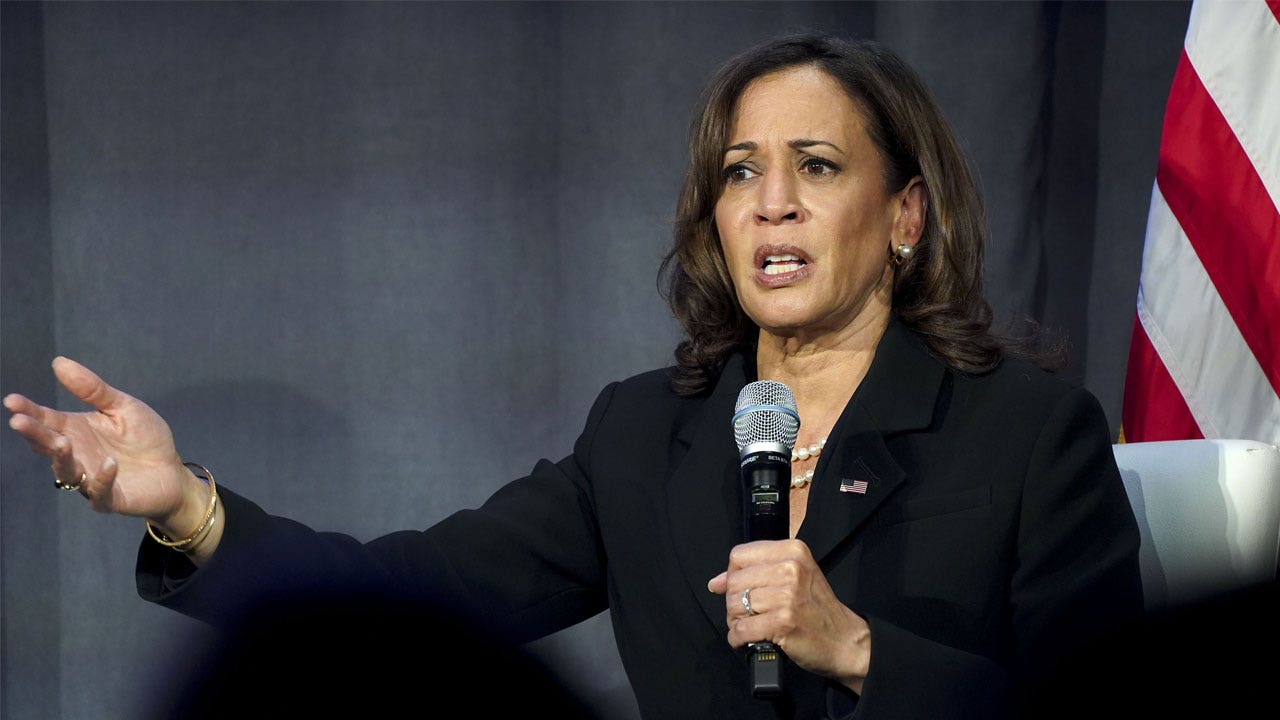
 Politics1 week ago
Politics1 week agoHarris camp silent on when VP will hold press conference as Trump preps to host his second in a week
-

 Politics1 week ago
Politics1 week agoHouse Oversight investigating Walz over 'longstanding connections' to China



